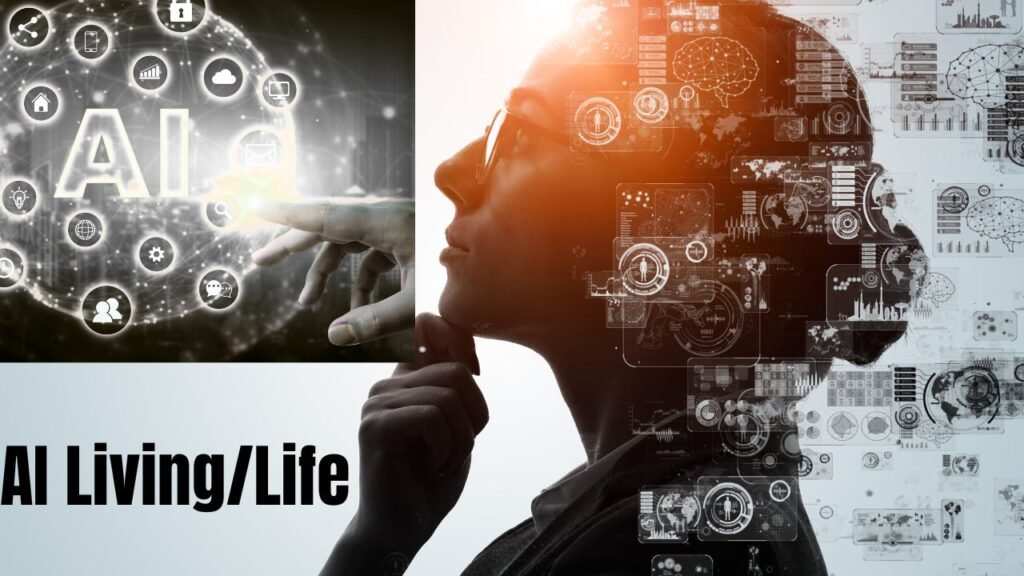Living Intelligence: The Next Frontier at the Nexus of AI, Biotech & Sensors
Here is a guide on living intelligence and how AI is changing the way we used to live and ultimately our life.
What is Living Intelligence?
Imagine machines that don’t just follow instructions but live—they sense, learn, adapt, and grow. That’s Living Intelligence. It mixes three fast-moving fields:
-
AI (Artificial Intelligence) – Makes smart decisions and learns from data
-
Biotechnology – Uses real biological materials like cells or tissue
-
Sensors – Provide real-time information about our body or environment
Together, they create systems that feel almost alive—machines that think, feel, and adjust like living things.
How Does It Work?
-
Sensing – Tiny sensors track things like heartbeats, soil moisture, or brain signals.
-
AI Learning – AI takes that data and learns patterns
-
Adapting – The system adjusts in real time (e.g., insulin pumps or smart farms)
-
Evolving – Over time, the system gets better, similar to how we learn.
Real-Life Examples
-
Health & Medicine
-
Smart insulin pumps that adjust dosage using live glucose data
-
Brain implants for Parkinson’s that predict tremors before they happen
-
-
Farming & Environment
-
Sensors in soil monitor nutrients and moisture — AI then adjusts watering for healthier crops.
-
-
Biohybrid Robots & Organoid Intelligence
-
Scientists grow brain‑like clusters of cells (organoids) to power robots (called hybrots).
-
-
Wearables & Smart Spaces
-
Clothes and accessories that read your mood or stress and act—like cooling fabric when your body heats up
-
Recently, Columbia University introduced EchoNext, an AI-powered tool that enhances standard ECG tests. It identifies hidden signs of heart disease—such as valve issues and muscle thickening—with about 77 % accuracy, outperforming many human cardiologists. Using this, EchoNext flagged over 3,400 cases that might have been missed otherwise.
Why It’s a Big Deal
-
Hyper-Personalisation – Technology adapts to you, not the other way around
-
Early Warnings – Systems can catch health or environmental issues before they become serious
-
Efficiency & Sustainability – Farms, cities, and clinics can run smarter and greener
-
Better Human-Tech Harmony – Instead of gadgets, we get connected partners
Challenges & Questions
-
Privacy & Data Safety
-
These systems collect very private data—like health or emotions. Protecting it is critical.
-
-
Ethics & Control
-
Who owns this data? Can systems override our choices?
-
-
Health Risks & Safety
-
Implanting sensors or modifying biology can cause harm if not carefully tested.
-
-
Energy & Resources
-
AI + bio-tech + sensors use power and materials. We need green, efficient solutions
-
The Road Ahead
Experts like Amy Webb (futurist, Future Today Institute) say Living Intelligence is a big wave in tech—combining AI, sensing, and biotech to build systems that feel alive.
From 2025 to 2030, expect to see:
-
Cognitive Aids – AI rings or implants that help memory and focus
-
Remote Hospitals – Mobile kits with sensors and AI for health checks at home
-
Environmental First Responders – Intelligent systems that detect crop disease or pollution early
-
Living Robots – Biohybrid machines cleaning water, helping harvest crops, or even assisting in rescue missions
Final Thoughts
Living Intelligence is where artificial minds meet living matter and real-world sensing. It’s a new chapter in technology—one that makes our gadgets truly come alive. This field can boost health, protect nature, and enrich daily life. But we must guide it with strong ethics, safety, and respect for privacy.
If you’re curious or working in tech, biotech, or sensors—watch this space. We’re not just building smarter machines; we’re creating alive technology that will change how we live.
Sources:- https://en.wikipedia.org/wiki/Biohybrid_system
You may also like: What are ChatGPT Agents: ChatGPT Upcoming Feature
